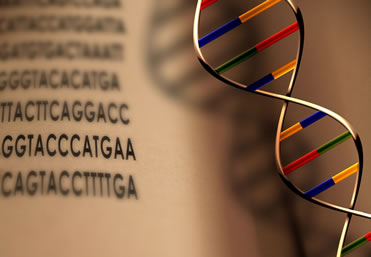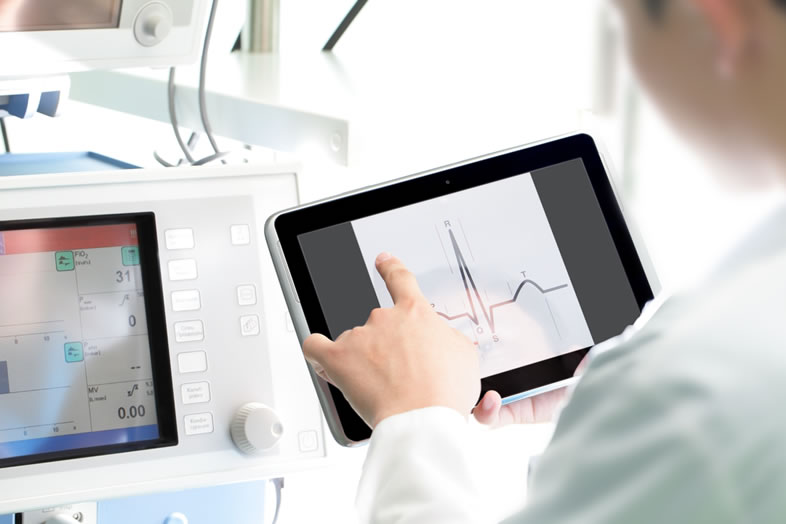Bioinformatics (gr.bios-life: Eng. Informatics) is a science that deals with bioinformatic processes and phenomena in living cells in action through information with electromagnetic light-waves, ionizing radiation, bacteria or viruses, and biologically active substances to the chemical nature mechanisms for receiving and processing information at the cellular level, intercellular communication and transport, storage, organization, analysis and practical application on living organisms.
Nobel laureate Claude Shannon (engl. Claude Elwood Shannon.1916-2001) has been called the father of information theory.He showed that Boolean algebra could construct and resolve any logical or numerical relation His significance for the development of bioinformatics is huge.

Nobel laureate Claude Shannon (engl. Claude Elwood Shannon.1916-2001) has been called the father of information theory.He showed that Boolean algebra could construct and resolve any logical or numerical relation His significance for the development of bioinformatics is huge.
The first bioinformatic programs were developed for DNA sequence analysis.
Recent scientific bionformatic research was directed to the cells and intercellular communication. These studies along with genetic research dedicated to the study of the mechanisms of inheritance information, allowing the science of informatics to allocate a new scientific direction - bioinformatics. Basically, bioinformatics provides a scientific basis for the development of a very important new direction in medicine-medical informatics.
Samuel Hahnemann (1755-1843) was among the first who saw the impact of information on human cells.
Over 30 years the principles of operation of biological material isolated organs in humans and animals are actively researched with special emphasis on the information sheet of cells. It is established that the chemical molecules affect cell structure through direct contact as well as indirect action. In the experiments, the biological effect of the cells depended not only on the dose of their existing matter and energy, but also by the quality of information or the information components. The cell responded to the structure of the information field of the matter in a way that the transfer of signal did not depended on the amount (dose material) of the chemical substance and energy.
Meanwhile bioinformatics is used in pharmaceuticals, calculation and forecasting of protein structures and interactions. The simulation and calculation of biological experiments and data is called In Silico calculation (bionformatics). It’s a matter of fast retrieval of repeated parts (templates) in the very long DNA sequences and solving the problems of overlapping and positioning two or more sequences to get their greatest match. The dynamic algorithms and programming methodology have found application in this area. Biological hypotheses rarely require exact match of the short sequential parts and usually in separate "signals" as the starting and finishing sequence of the genetic code.
Besides they developed solutions for finding unknown genes in DNA sequences – gene prediction.

Main problems of bioinformatics as a research method:
Nowadays the primary mechanisms for receiving individual information signals that some carriers of those information signals transmit are researched. The mechanisms for reception of information systems that transfer mediators: acetylcholine, adrenaline are explored. It is established that the receptors of protein peptide hormones and many biologically active substances are found in cytoplasmic membranes and steroid hormone receptors are found in the cytoplasm itself.
The role of different secondary intermediaries in the mechanism for transmitting information received by the plasma membrane by the action of mediators and hormone peptides of the intracellular structures.
The study of the biological language begins by learning the "letters", "voices", "words" and "sentences." Every cell "knows" several languages. Well-studied are the languages of molecules, DNA, RNA, proteins. The "Letters" of the RNA language represent nucleotides: adenine, cytosine, guanine and uracil. The "Words" in the language of DNA and RNA are made up of three characters - triple nucleotides.
The "Sentences" of genes consist of a different number of "words". The "Alphabet" in the language of proteins consists of 20 "letters"-amino acids. In the deciphering of the genetic code it is found that each "letter" in the language of proteins corresponds to a "word" in the language of RNA triple nucleotides. In the language of the biological membrane of "words" secondary mediators are: ions of calcium, cyclic nucleotides, diacilglicerin, inozitoptifosfat. The "Letters" in the language of intracellular and interorgan communications represent the primary mediators: hormones, biologically active substances. Biological information can be transmitted (carriers) not only by material carriers - "letters" but also by energy carriers "votes". These "voices" in the transmembrane transmission of information represent potential actions or so-called slow waves and the intercellular transfer of information is made by electromagnetic waves, mechanical oscillations etc.. It has been proven that the biological information is usually not transmitted by "letters" or "voices," but with "sentences" consisting of "words". Lately there has been an attempt to study the genetics, morphology and syntax of the celllular language.
The structure and function of information transmission in humans and animals, memory mechanisms, mechanisms for generating biological responses to information signals from the mechanisms of creating feedback connections in living systems are being researched.
Still insufficiently explored are the mechanisms of processing and interaction between information and the dynamics of information messages in living systems. The development of bioinformatics has great importance for the further development of Information Medicine with many important parts as informodiagnostics, bioresonance, multiresonance and information therapy.

Spring brings enjoyment to many people would love to meet lung with...
Learn more
Spring brings enjoyment to many people would love to meet lung with...
Learn more
Spring brings enjoyment to many people would love to meet lung with...
Learn more© COPYRIGHT Informaciona medicina, 2014.